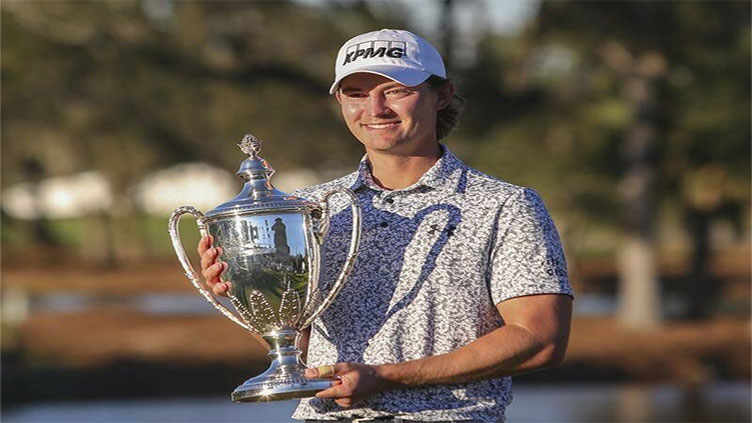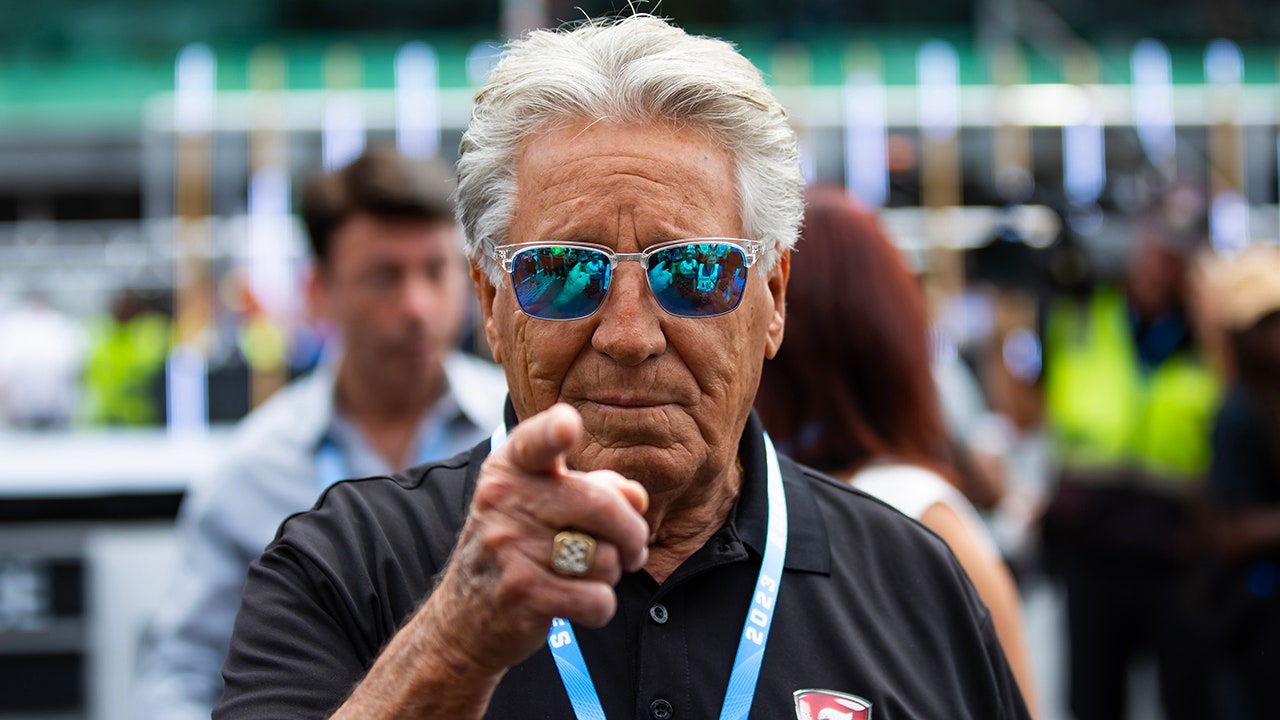How Newark became New England on ‘American Sports Story’ – The Boston Globe

After Aaron Hernandez and his friend, Alexander Bradley, gunned down two men in a car near the intersection of Shawmut and Herald streets in July 2012, they sped off in Hernandez’s Toyota 4Runner.
As recreated in the latest episode of “American Sports Story,” the FX series based on The Boston Globe’s Spotlight series and accompanying podcast, it was a frantic scene: Hernandez races through Boston’s deserted streets in the wee hours as an agitated Bradley wipes the weapon of prints and tosses it out the window.
Is that really the way it went down? Eh, maybe. It’s worth remembering that the 10-episode series, produced by Ryan Murphy, is show business; it’s a dramatization, not a documentary. While it’s inspired by actual events, most of the dialogue and some of the characters are imagined or invented.
Also, none of “American Sports Story” was shot in Boston — or Foxborough or North Attleborough, for that matter. The series chronicles the arc of Hernandez’s 27 years — from his childhood in Bristol, Conn., to the University of Florida, to Gillette Stadium, to the Souza-Baranowski Correctional Center in Shirley, where the former Patriots tight end died by suicide – but “American Sports Story” was shot almost exclusively in New Jersey.
The aftermath of the 2012 double murder, for instance, when Hernandez and Bradley are hurtling through the darkness in the silver 4Runner, was shot in Newark. Is the scene believable as downtown Boston after midnight? Sure – at least enough that no one’s going to complain.
“Is Newark Boston? No,” said Tyson Bidner, one of the show’s producers. “But are there bones of these cities that work? Yes.”
Bidner, whose producing credits include the film “The Whale” and the acclaimed FX series “The Bear,” said the show’s creative team worked hard to replicate locations in Massachusetts that played an important part in the Hernandez story: the locker room at Gillette Stadium; the North Attleborough home the football player shared with his fiancée Shayanna Jenkins; the Fall River courtroom where he was convicted in April 2015 of murdering Odin Lloyd; and the prison cell where he died two years later.
Another location featured in this week’s episode is Cure Lounge, the now-closed Tremont Street nightclub where Hernandez and Bradley had been partying before the murders of Daniel de Abreu and Safiro Furtado. One of the two men had spilled a drink on Hernandez inside Cure, which enraged the football player and prompted him to pull up alongside the victims’ car later. (In court, Bradley claimed Hernandez did the shooting, while Hernandez blamed Alexander; a jury ultimately acquitted Hernandez.)
“We used actual clubs in Jersey City,” said Bidner. “But you also have to make it feel real. What was the experience for a Patriots player in their heyday? It would be a bouncer who recognized them and said, ‘come right through, right through.’”
What Stu Zicherman, the creator and writer of “American Sports Story,” didn’t do was use drone shots of familiar Boston landmarks – Bunker Hill Monument, Fenway Park, Faneuil Hall – to establish setting. “Stylistically, I think it was decided not to do that in the same way you would during the broadcast of a game,” Bidner said. “You don’t want to hit the audience over the head.”
Bidner said it was critical to faithfully recreate the house in North Attleborough because the moment when Hernandez was arrested and marched out of the residence in handcuffs was so remarkable. It was the first time that many in the public, at least those who don’t pay attention to the Patriots or the NFL, saw Hernandez.
Once a reasonable facsimile of the house was found in a suburban New Jersey neighborhood, Bidner said the show’s crew went to work on the landscaping.
“What do we remember about his arrest? We remember Hernandez outside in a T-shirt and those long shorts,” Bidner said. “But it was the greenery, the shrubbery that, essentially, makes it that house.”
For the show’s football sequences, producers had to leave the Garden State. They didn’t have access to MetLife Stadium in East Rutherford, N.J., where both the New York Giants and New York Jets play, and no college stadium in the area was a convincing stand-in for Gillette, with its 65,000 seats.
So toward the end of production, Bidner said, the cast and crew of “American Sports Story” moved to Camping World Stadium in Orlando, Fla., a city-owned venue where the Citrus Bowl and Pop-Tarts Bowl are played. Hundreds of extras were hired to fill seats and stand on the sideline while former college players and members of the Canadian Football League filmed scenes on the field.
Mark Shanahan can be reached at mark.shanahan@globe.com. Follow him @MarkAShanahan.
Related
Sassy Cassie: OSU vs. Michigan is the best rivalry in…
It is known as “The Game.” The Ohio State University Buckeyes versus the University of Michigan
F1 legend Mario Andretti talks American drivers, constructors getting back…
LAS VEGAS – Mario Andretti is only one of two American drivers to win a Formula 1 World Championship and the last one to accomplish it in 1978.In that 1978 s
Eliminating harmful stereotypes related to Native American mascots in sports…
📖 History and contextThe beginning of the movement to remove harmful “Indian” mascots can be traced back to the 1968 National Congress of American Indian












